Feature image credit: Sky Island Alliance
This week, Sky Island Alliance announced the list of species they’ve found during the first 90 days of running their remote camera project.
Patagonia Area Resource Alliance, a partner on this exciting Border Wildlife Study, believes this documentation of species is incredibly important for understanding the depths of biodiversity in the Sky Islands. Many issues—climate change, resource extraction (industrialized mining), Trump’s border wall, and more—threaten the unique mesh of species we see in southern Arizona. It is inspiring to see 71 species captured on camera within a span of only three months. This data will support efforts of conservation, restoration, and environmental awareness in the Sky Islands for years to come.
You can learn more about the Border Wildlife Study, and see photos of all 71 species, on the Sky Island Alliance website.
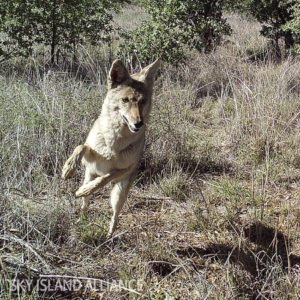
Coyote. Credit: Sky Island Alliance
TUCSON, Arizona—Sky Island Alliance is announcing initial findings of its Border Wildlife Study documenting critical habitat threatened by imminent construction of President Trump’s border wall.
In the first 90 days of the study, Sky Island Alliance has documented 71 species living in areas threatened by construction of the border wall. A barrier in this region of southern Arizona would seal off wildlife corridors used by dozens of species of mammals, birds, and reptiles.
“We have clear photo evidence of how vital this land is for a multitude of species that depend on connected habitat between the U.S. and Mexico. We must do everything we can to protect wildlife pathways across the border,” said Emily Burns, Ph.D., who leads the study.
Sky Island Alliance’s Border Wildlife Study has collected thousands of wildlife photographs from dozens of trail cameras installed across 34 miles along the border between the U.S. and Mexico. In the first months of this project, Sky Island Alliance, and its partners Patagonia Area Resource Alliance and Naturalia, have identified black bear, mountain lion, pronghorn, gray fox, coatimundi, elf owls, Montezuma quail and many other species within this threatened area. The extraordinary diversity of animals documented in the study areas in this short time shows an array of mammals, birds, reptiles, and invertebrates rely on this threatened habitat as their home range, as well as for migration.
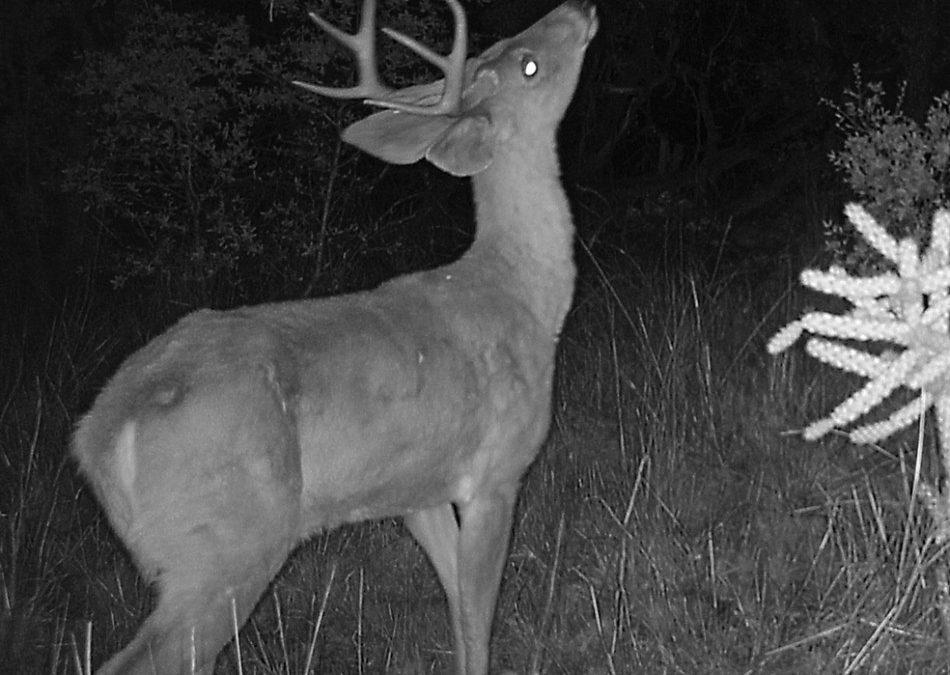
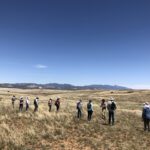
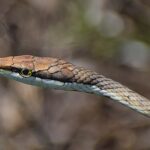


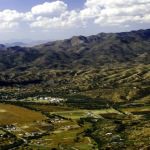
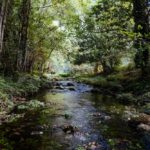
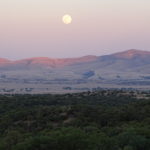
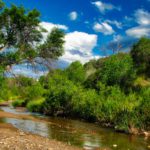


Such important work documenting the biodiversity in our remarkably species-rich area! Thanks for keeping readers informed!